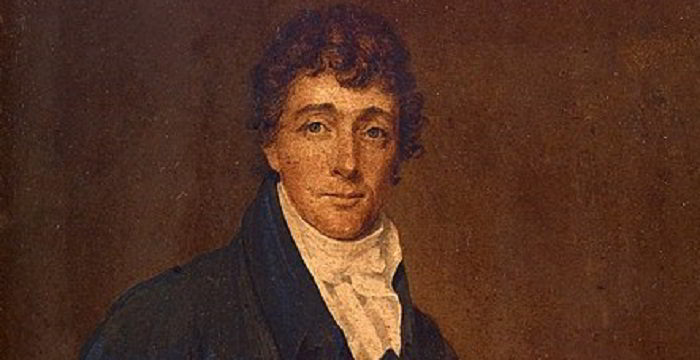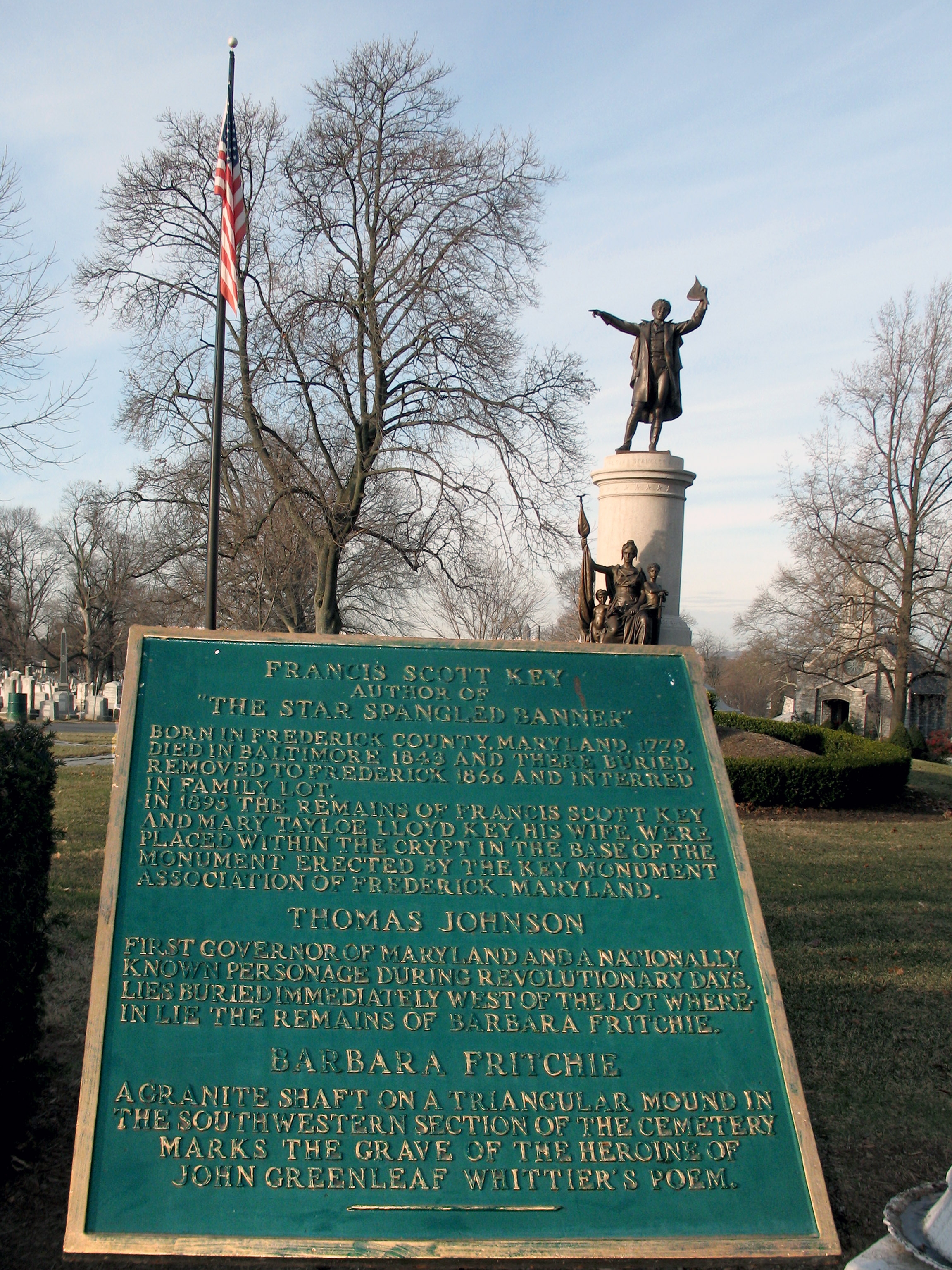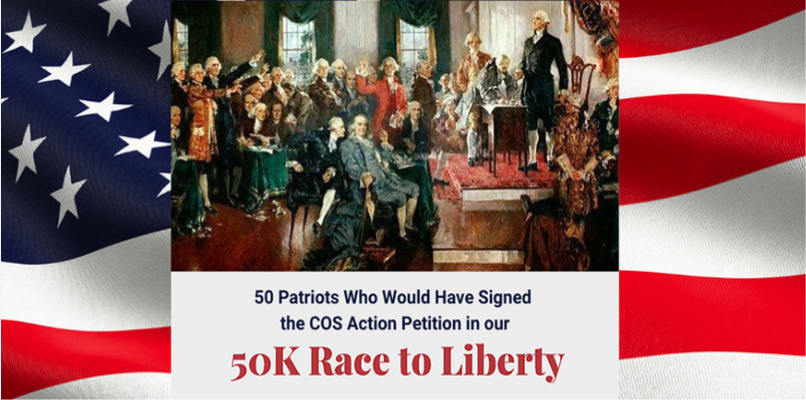"And the rocket's red glare, the bombs bursting in air, gave proof through the night, that our flag was still there."
In 1929, Representative John Linthicum of Maryland introduced a bill that would make the famous Star Spangled Banner song the national anthem of the United States. It took two years, but on March 3, 1931, President Herbert Hoover signed the bill into law, and it has been sung proudly by patriotic Americans ever since.
The author of the song, however, lived almost a century earlier, in a time when America was battling the British for its right to be free...again. 
Born in 1779 in Frederick County, Maryland, Key was not yet old enough to participate in the War of Independence. Partially homeschooled, he eventually studied at Saint John's College and went on to establish a law practice in his home county. By 1805, he was married and had moved his business to Washington D.C.
Not ten years later, a fledgling America had become involved in her second battle for independence: the War of 1812. Although bearing a religious aversion to armed conflict, Key served in an artillery unit.
Two years later, the war still raged, and Francis Key was sent to negotiate the release of a British prisoner and friend. This mission led him to Fort McHenry as the king's forces were bombarding it. Despite an day-long assault, their cannons were unable to break the stronghold, and as the fleet moved, Key looked up and saw the American flag waving in the dawn light.
The image inspired him to write a poem entitled, "The Defense of Fort McHenry," which would later be put to a popular melody and birth the historic anthem.
After the war, Key continued his law practice until his death in 1843. His life and the words that he transcribed truly embodied the American spirit, and his is a legacy that few can match.

Let the words of the Star Spangled Banner continue to manifest what America should be, and support an Article V Convention of States to reign in the federal government, encouraging your friends and family to do the same.







